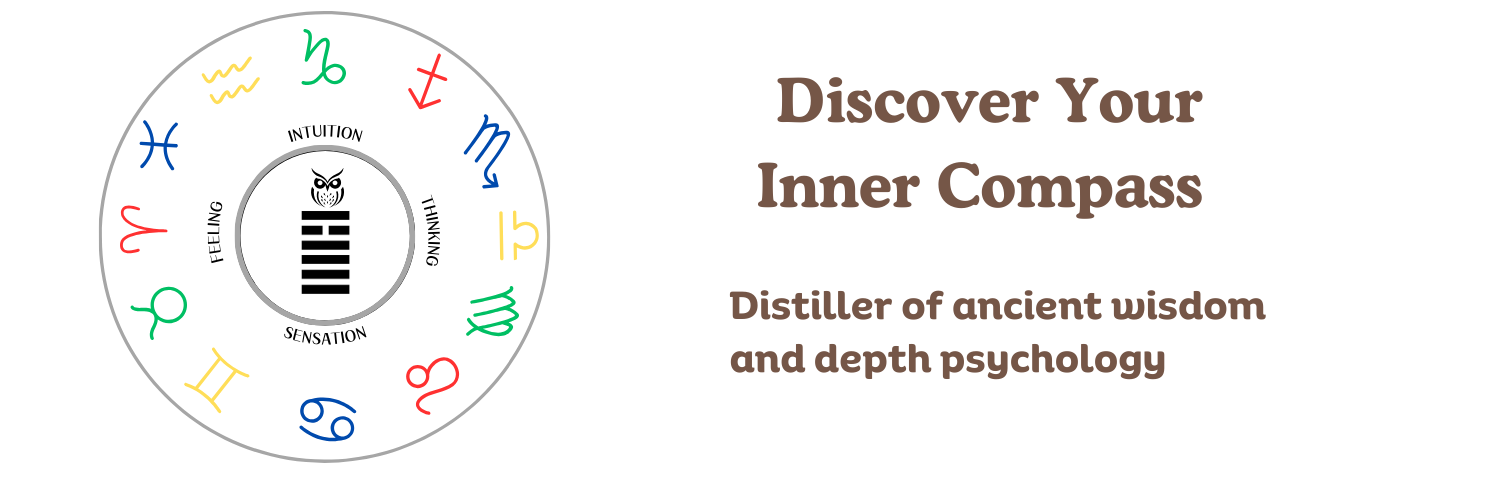The hero is he who is immovably centered – Ralph Waldo Emerson
All of us know what a hero is and, without much effort, can think of individuals we consider heroes and are able to identify hero figures in literature and movies. But we can also look inward to find a hero, because we have a hero within us in the form of the lead/dominant function of our personality.
Jungian analyst John Beebe expanded the four function model of Myers-Briggs to an eight function model of the personality and assigned archetypes to each one. We are the most conscious of our dominant function. In depth psychology the hero archetype represents the ego, so Beebe gave this function the name of the hero archetype. As Jung said, “Consciousness needs a centre, an ego to which something is conscious.” (Psychological Types, paragraph 506).
The hero function, combined with the inferior anima/animus function, forms the “spine” of the personality. This spine, per Beebe, is “the axis of our relation to self.” He says that this spine is a “plumb line of personhood that develops between superior function hero and inferior function anima ]…]When this happens, a personality can bloom, and the personal self will acquire more affective coloration, cohesion, and temporal stability than before.”
Below I’ll list brief descriptions of how each of the eight cognitive functions displays itself in the hero archetype. I included links to my full posts on each function:
Hero Te (Extroverted Thinking) – The environment of things must be efficiently organized and mechanically correct.
Hero Ti (Introverted Thinking) – Intellectual clarity. Life must make technical sense to the individual’s understanding.
Hero Fe (Extroverted Feeling) – The environment of people must be socially friendly.
Hero Fi (Introverted Feeling) – Life must be humanely congruent to the individual’s values.
Hero Ne (Extroverted Intuition) – The environment of patterns must be scanned for alternative hypothetical possibilities. Makes remarkable inferences.
Hero Ni (Introverted Intuition) – Life must be “filled in” by the individual’s subconscious impressions.
Hero Se – The physical environment must be scanned for opportunities for action in the present and tangible experiences.
Hero Si – Recognition of the natural order of things. Life must be familiar to the individual’s storehouse of practical data.
The hero function is the only one of the eight functions that is measured by how strong it is. This will be important to keep in mind while studying the archetypes of the other 7 functions:
As we move beyond the heroic first function, however, we should recognize that not all of the eight functions follow hero psychology in being measurable by their degree of strength.
They do not, in actual experience, follow a descending hierarchy of differentiation from first (superior) through fourth (inferior) to eighth. Rather, the strength, and the kind of strength, a function of consciousness displays is a consequence of the archetypal role associated with it, and archetypes are differently developed in different people. The numbering of the positions is a bit of an anachronism, left over from the early days of Jungian psychology and of Isabel Briggs Myers’s adaptation of that psychology to the analysis of the MBTI findings. When I use numbering today, in these post-heroic times, the numbers are meant to be read as qualitative rather than quantitative, much the way the numbers of streets can be read in a well-differentiated city that one is intimately acquainted with. Thus the ‘second’ and ‘third’ functions are identified, like avenues in New York City, by the qualities experience has taught us to recognize when
p. 135
The opposite of the hero function is the “opposing personality” function, which is the shadow form of the hero function. Studying the opposite, and learning how to integrate it, will enhance your understanding and use of the hero function. My next post will be about the opposing personality function. Stay tuned!
_____________
Source of the Beebe quotes in this post: Energies and Patterns in Psychological Type
